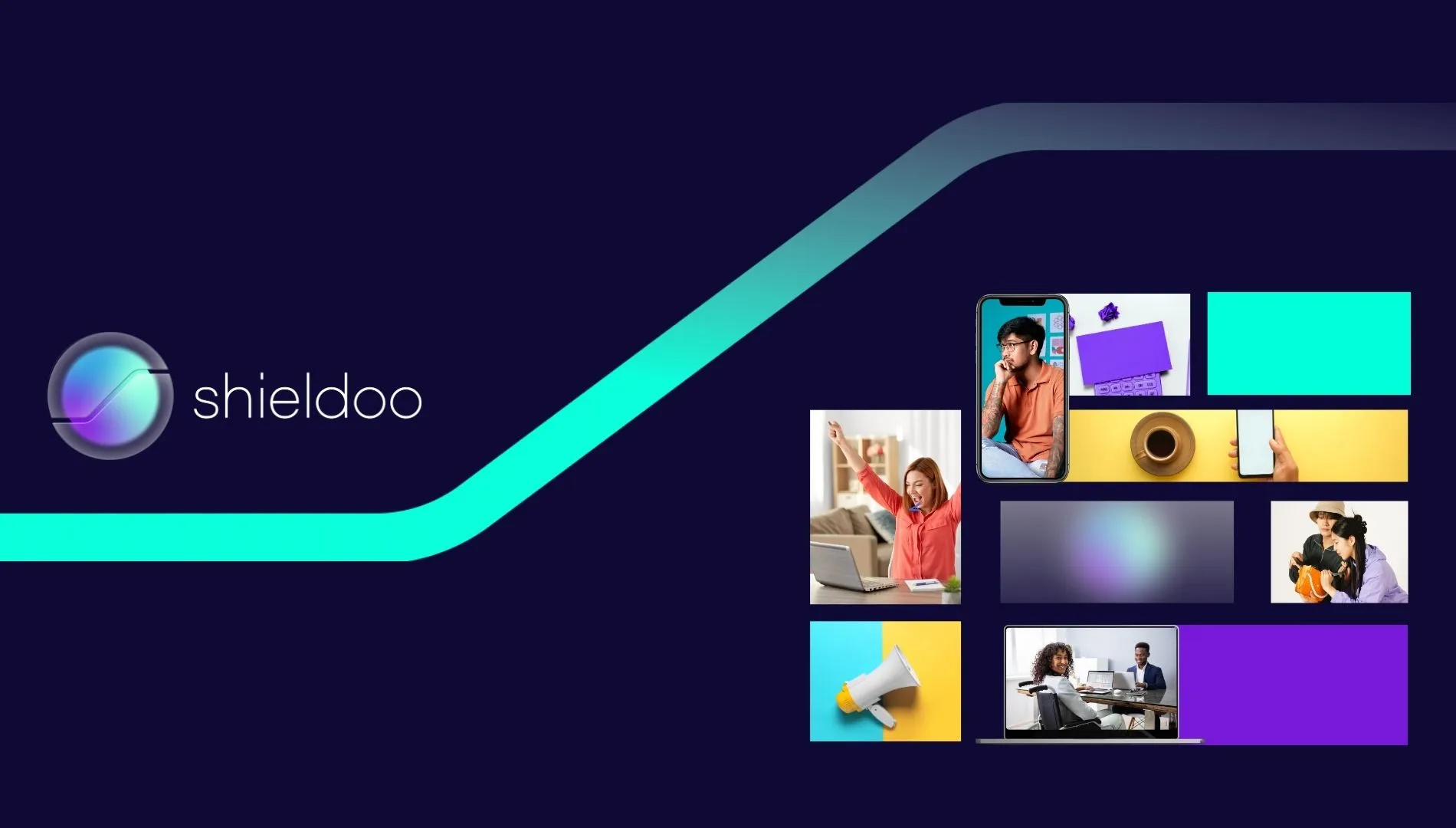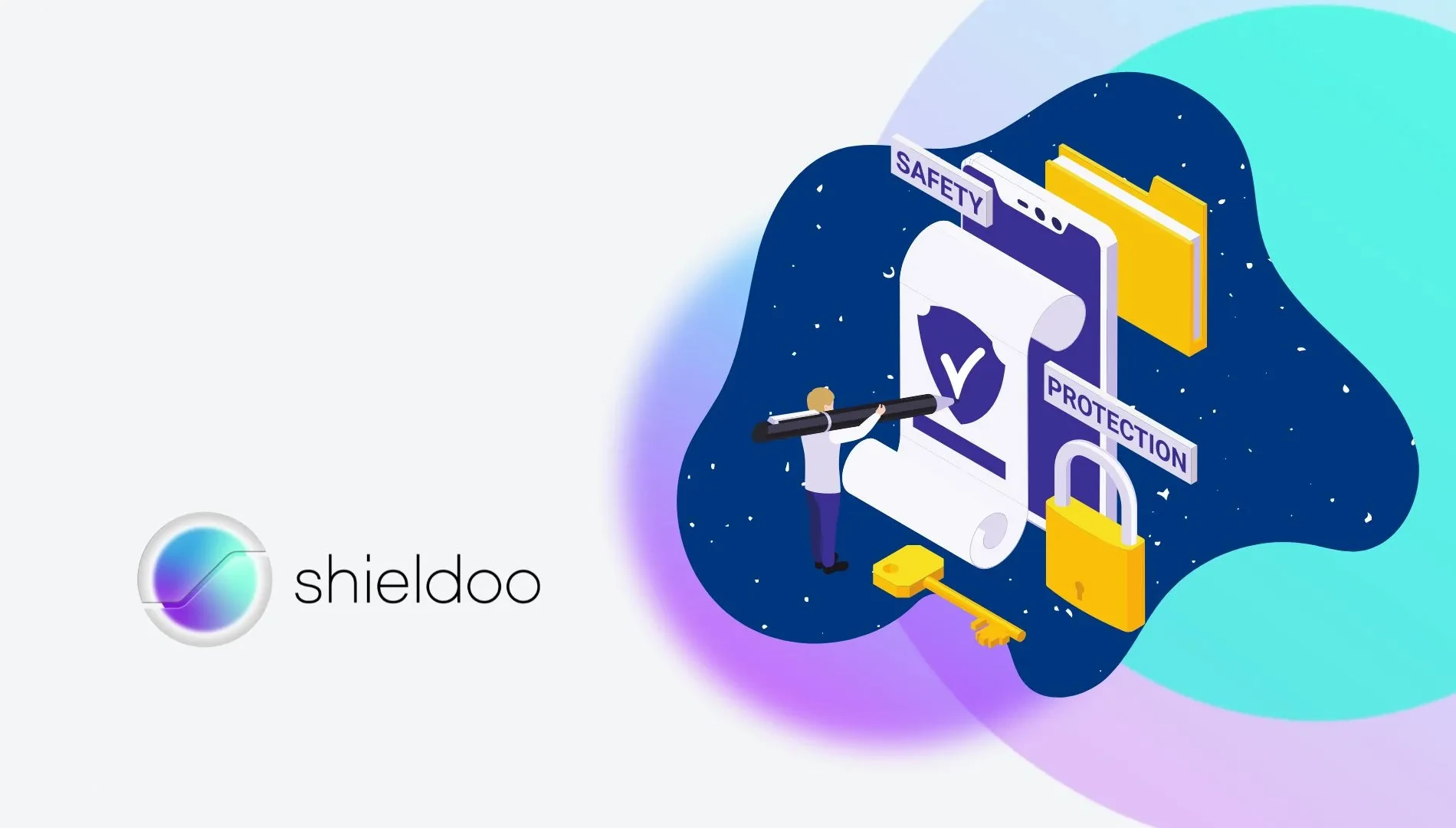Estimated read time: 7 minutes
With the rise of work-from-home setups comes the necessity for employees to remotely access shared network resources and get the data they need. Likewise, third-party vendors sometimes need to access their customer network for troubleshooting or maintenance requirements.
In these scenarios, a secure and reliable connection is crucial to maintain the integrity of your company’s intellectual resources. This is where VPNs and RDP scome in. But what exactly is the difference between the two, and is one better than the other? Understanding the similarities and differences will help you decide which solution suits your needs.
What Is a Remote Desktop Protocol?
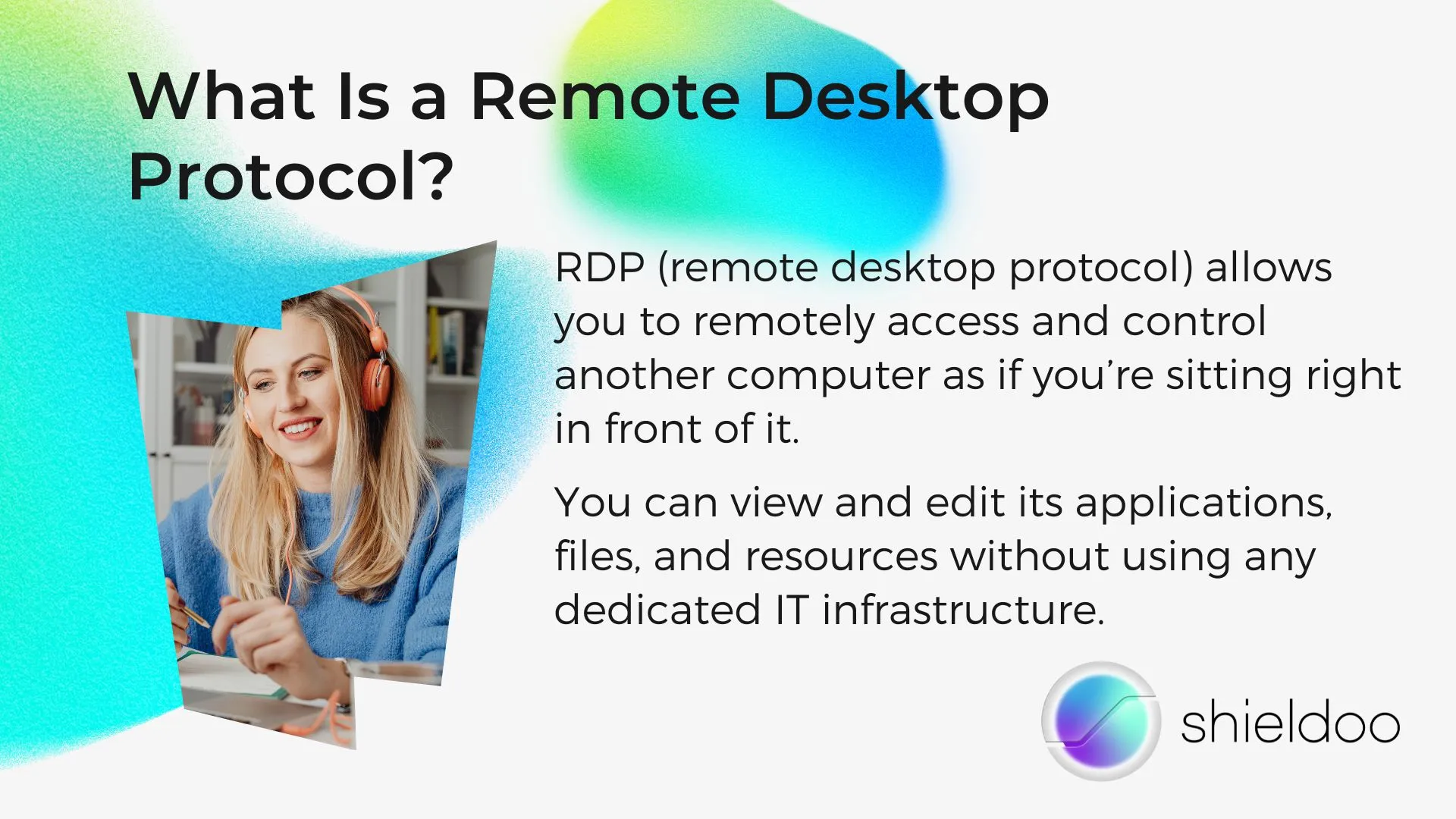
RDP (remote desktop protocol) allows you to remotely access and control another computer as if you’re sitting right in front of it. You can view and edit its applications, files, and resources without using any dedicated IT infrastructure.
Using remote desktop software, an IT administrator (or the user at the other end) initiates a remote access session to validate the remote desktop connection. You then enter the username and password to connect remotely to the host computer using the RDP server.
RDP was developed by Microsoft as a secure network communication protocol and has been used extensively by IT departments to access employees’ computers for various tasks like launching applications, changing administrator settings, updating the operating system, and performing troubleshooting steps.
It provides straightforward remote user access and takes very little time to learn since the interface is intuitive and mimics the usual computer desktop. However, there have been numerous criticisms of using RDP, such as its visibility to hackers.
RDP uses publicly visible open ports, which cybercriminals can hack and infiltrate, resulting in data breaches. Constant monitoring is essential to protect your computer network, especially if a user is accessing sensitive or proprietary data.
What Is a Virtual Private Network?
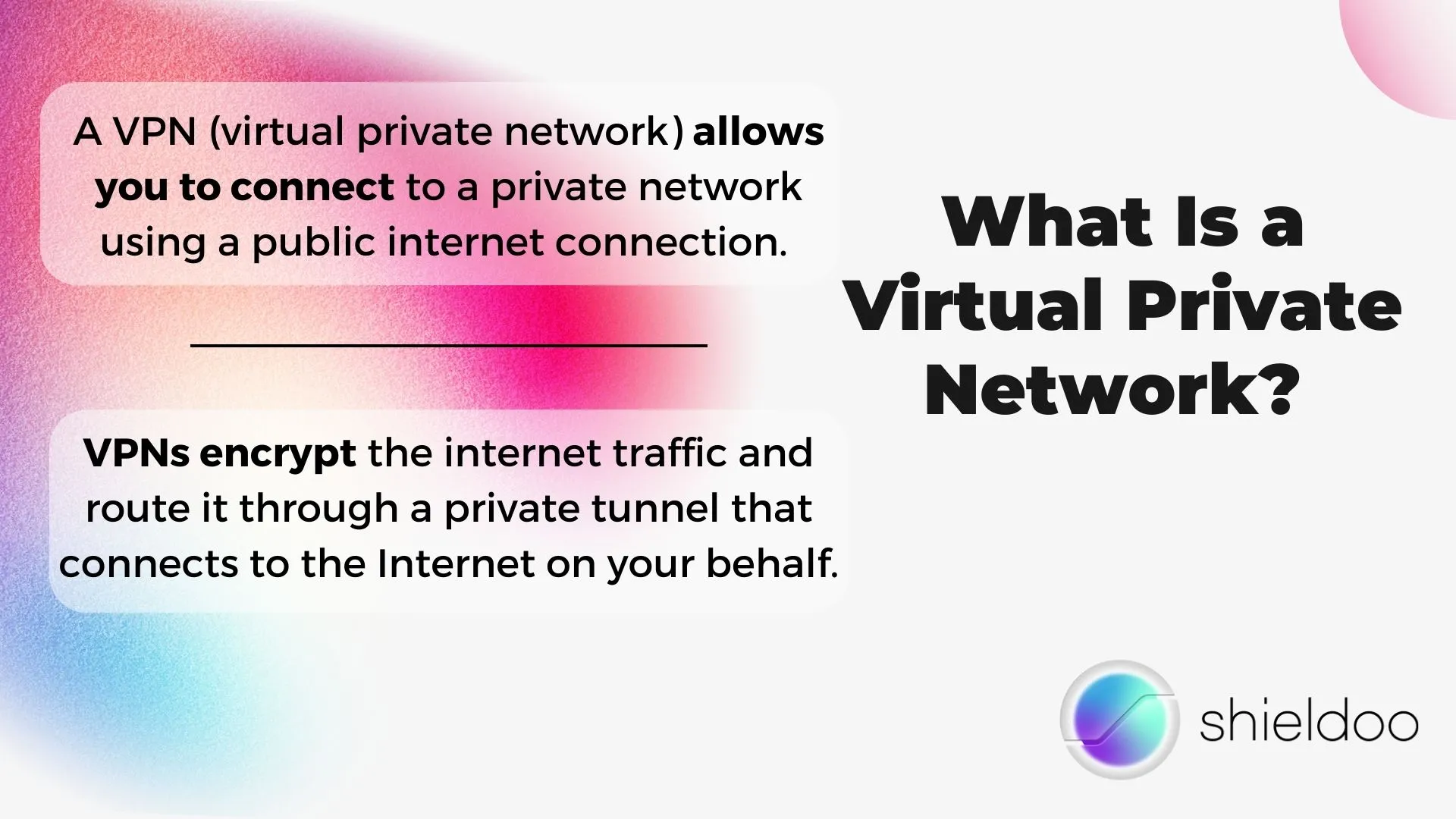
A VPN (virtual private network) allows you to connect to a private network using a public internet connection. With a VPN, you can access your organisation’s network as if you’re right at the office and physically connected to your organisation’s private network. You can bypass any restrictions, access any privileges, and use any resources already shared within your organisation network.
VPNs encrypt the internet traffic and route it through a private tunnel that connects to the Internet on your behalf. This way, your IP address and location are masked, giving you better protection against anyone attempting to track your online activities and potentially compromising your privacy and security.
VPNs are used not just by enterprises but also by individuals who want to bypass censorship and geo-restrictions. It’s also used by anyone who wants to access secure networks or protect sensitive data from being intercepted by cybercriminals.
For the average remote worker, VPNs typically address all of their needs. This makes VPNs a scalable and ideal solution for small to large businesses alike.
However, one of the biggest disadvantages of VPNs is the huge bandwidth required to make them work. This makes it difficult to have a seamless experience of accessing huge databases or bandwidth-heavy resources when using a virtual private network. Likewise, they can be challenging to deploy since they require networking expertise or, in some cases, reconfiguring an existing network infrastructure.
VPN vs. RDP Client
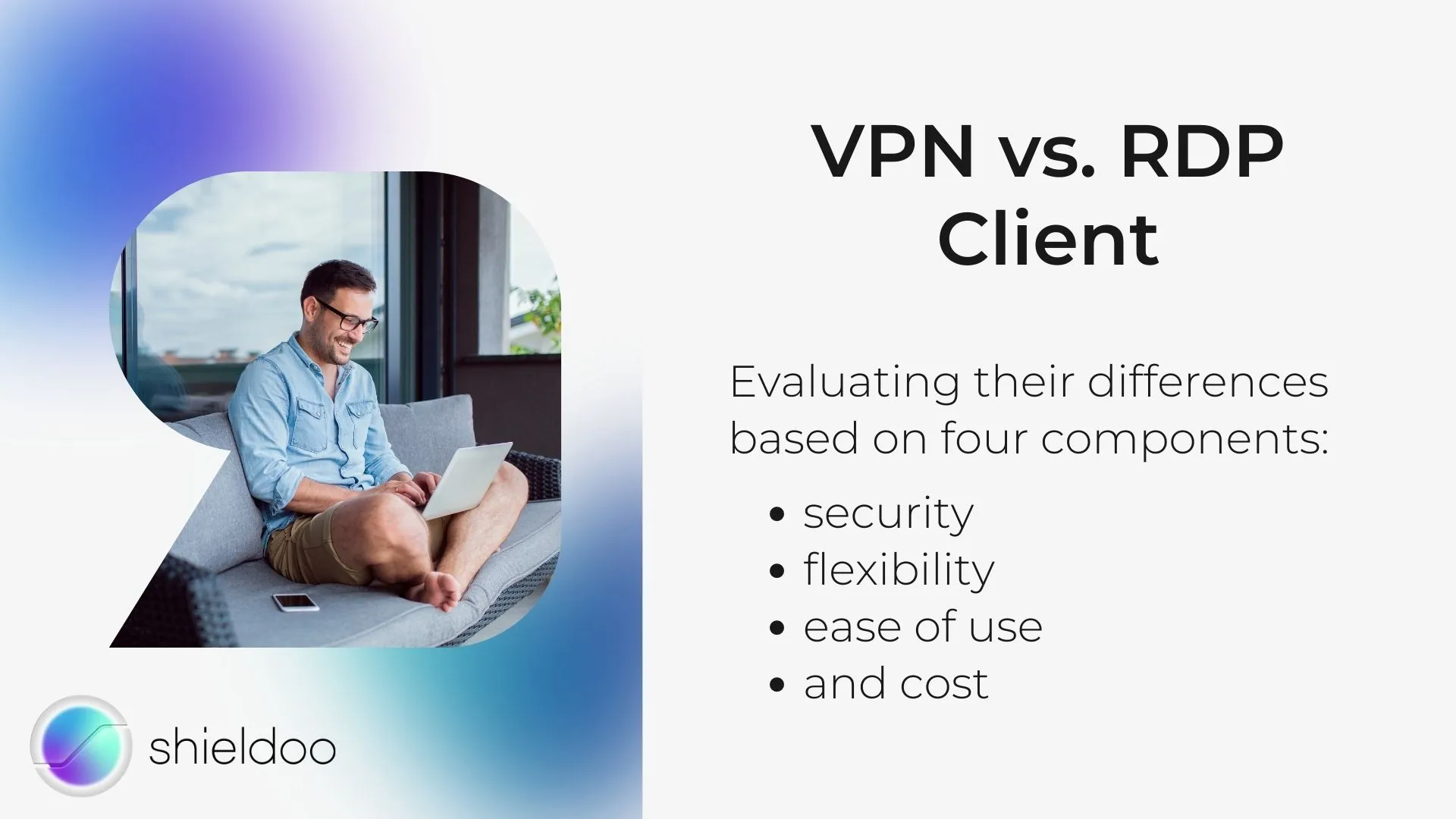
VPN and RDP are remote access tools that allow you to securely access sensitive information on company servers from remote locations. However, they have key differences. An RDP lets you remotely access data stored on a corporate network from a local computer, while a VPN allows you remote access to resources on a shared network.
You can also evaluate their differences based on four components: security,flexibility, ease of use, and cost.
Security Capabilities
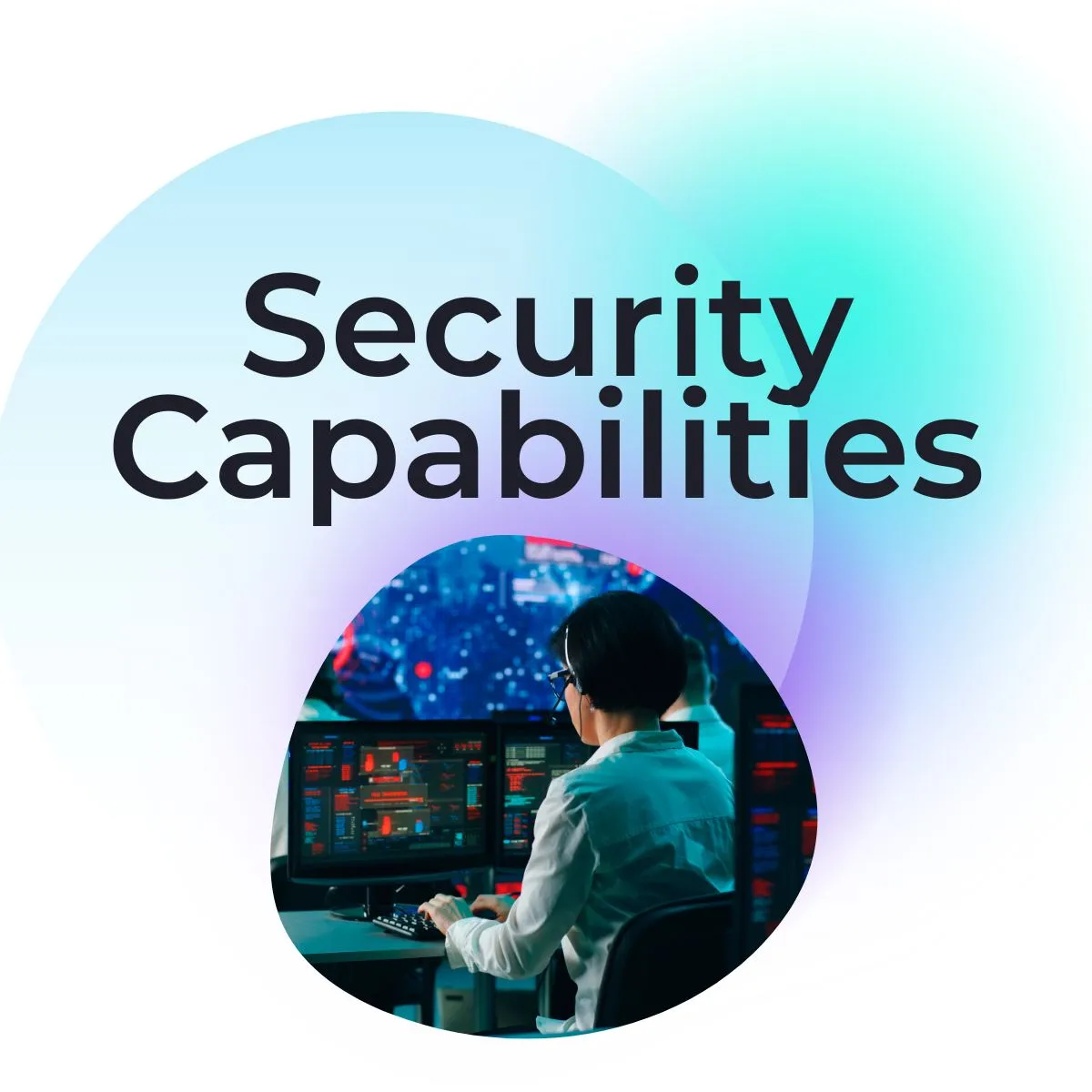
While both solutions provide secure remote access to another network or device, their methods differ. Virtual private networks are considered more secure than RDPs since they provide military-grade encryption that reduces security vulnerabilities and risks.
Moreover, an advanced VPN server, like Shieldoo, provides zero trust authentication to further protect your data and reduce the risks of data breaches.
RDPs also use encrypted channels to facilitate a connection between computers. However, some older models may have outdated and incompatible encryption.
Flexibility

RDPs and VPNs function differently in the type of connection they provide and in what you can do with that connection.
A remote desktop protocol works like a screen-sharing remote desktop solution that lets you take control of another device. Only mouse movements, screen images, and keystrokes are transmitted across the connection, reducing the bandwidth requirements. Everything you perform on the desktop computer uses the local computer’s network processing and storage resources, allowing you to accomplish more tasks than when using a VPN.
A VPN solution requires significant bandwidth to use since entire files are transmitted without any compression. If you’re working with databases designed to perform over LAN (local area network) connections, then there’d be challenges working on such databases over a VPN connection.
This limitation can be addressed, though. Shieldoo uses peer-to-peer communication technology that lets you experience super-fast connection and access your organisation’s network anytime, anywhere.
Ease of Use

RDP mirrors your exact desktop, so using it requires a smaller learning curve. However, they require separate software to be set up on your computer. The host computer must also approve your connection request for remote access to proceed. In some cases, you need to frequently update the RDP software.
VPNs, on the other hand, have intuitive apps and browser extensions that you can conveniently install on your device. Some may have a separate interface you need to be familiar with to start using. However, most are user-friendly enough to start the remote connection quickly. Some, like Shieldoo, also provide automatic updates, so you don’t have to worry about your outdated VPN app.
Cost
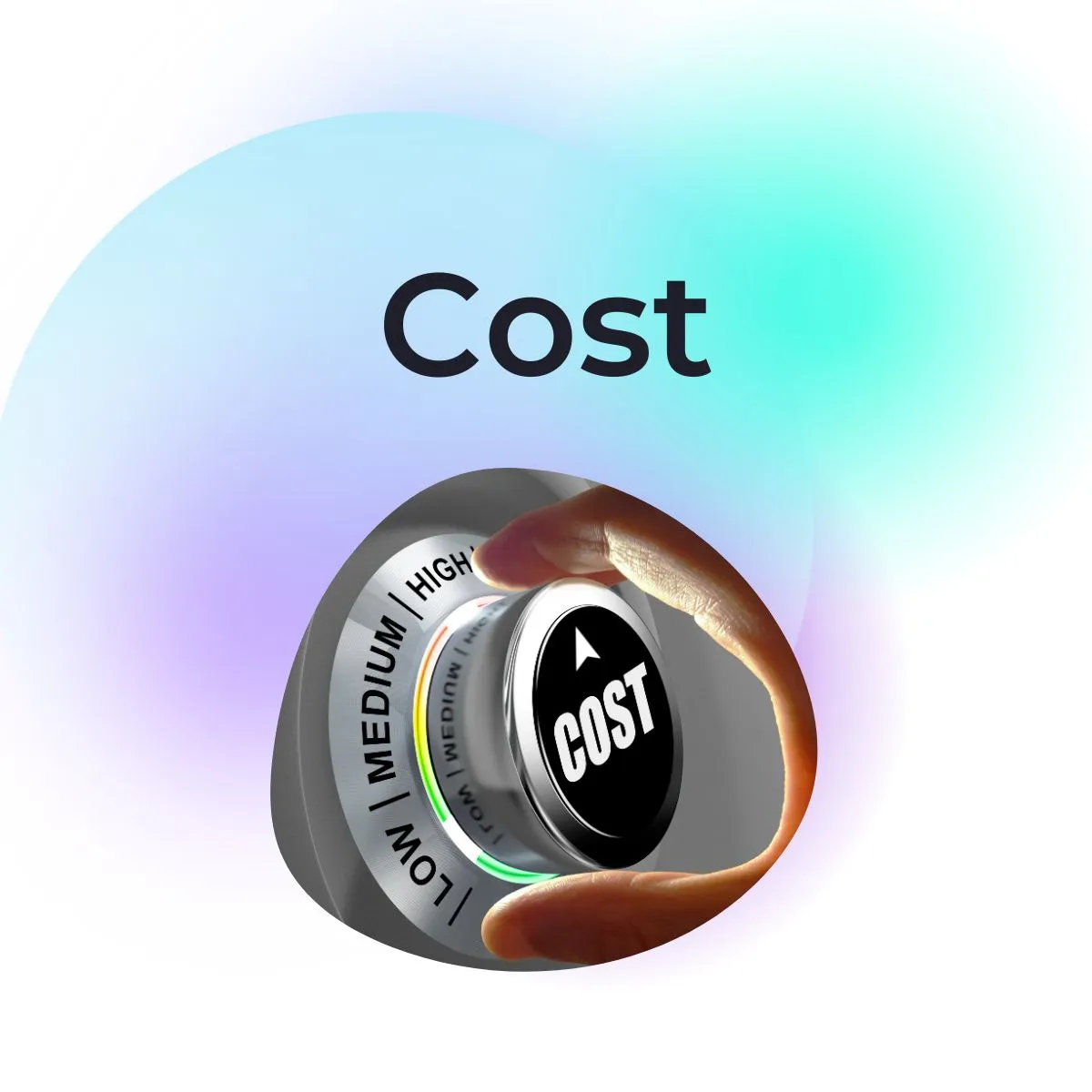
RDPs are priced per device, while VPNs are often priced per user. Both solutions offer free trials so you can evaluate their features and functions before committing. These solutions will also sometimes offer deals and bundles to help you get the most out of your investment.
Final Thoughts
The pandemic has accelerated the adoption of remote work and given rise to the need for remote access solutions for remote workers. Even as offices reopened and workers flock back to offices, the possibility of remote work will always remain.
This makes it essential for your company to invest in remote access tools like RDPs and VPNs to provide what your remote employees need while keeping sensitive and important company data safe. Analysing the difference between remote desktop vs. VPN will help you make the best choice for protecting your company resources.
Frequently Asked Questions
Is VPN safer than a remote desktop?
VPNs and remote desktops are different technologies used for different purposes. With a VPN, you can access an entire network securely, while an RDP will let you remotely access and control a specific local computer.
One is not safer than the other since they perform different things. However, some consider VPNs to be generally safer than RDPs since they mask a user’s original IP address and provide a secure connection to a local network, even if you’re connecting using public Wi-Fi.
RDPs have been known to be susceptible to security problems because these connection sessions are a frequent target of cybercriminals. However, recent RDP versions have addressed these security glitches and now provide robust security features. One of which is preventing the storage of any data on the end-user device.
Should I use a VPN for a remote desktop?
A VPN and a remote desktop are different remote access solutions using different technologies. If you’re only connecting to a remote computer with the intent of accessing and editing its files and applications, an RDP is an ideal remote access solution. RDP is also the go-to solution if the IT team needs to access an employee’s computer remotely so they can complete troubleshooting and maintenance work.
If you’re connecting to an entire remote network to access its shared data, bypass any restrictions, and access any network privileges, you need a VPN connection. VPNs should also be used by employees connecting to your private network while using public Wi-Fi, as is the usual case if they’re remotely working.
Is Microsoft Remote Desktop a VPN?
No, Microsoft Remote Desktop is an RDP solution that lets you securely access a local computer in your organisation’s network. You can perform any task on the said local computer as if you’re sitting in front of it.
Can RDP and VPN be used together?
Yes, you can use both solutions together. An RDP connection can be initiated while inside a VPN tunnel. This will enhance the security features of the RDP connection. RDP technology is mostly built toward functionality, while VPNs focus on privacy and security.
Companies also allow RDP only from a local network and is not accessible from the internet. With a VPN connection, users can connect to the local network even when they’re at home, then initiate an RDP.
Combining both solutions will give you the best of both worlds. You can hide your IP address while undergoing a remote session using RDP. Since cybercriminals typically target RDP connections, combining RDP with VPN will let you remotely control a local computer without putting your device at risk.
Is remote access possible without a VPN?
Yes, remote access can be performed without using a VPN. One way is to use an RDP, or remote desktop protocol, to access another computer in a different location—even a different country. Other solutions include remote access connections using a ZTNA (zero trust network access) or dedicated remote access software that combines the technology and features of VPNs and RDPs.
FAQs
Is VPN safer than a remote desktop?
VPNs and remote desktops are different technologies used for different purposes. With a VPN, you can access an entire network securely, while an RDP will let you remotely access and control a specific local computer. One is not safer than the other since they perform different things. However, some consider VPNs to be generally safer than RDPs since they mask a user’s original IP address and provide a secure connection to a local network, even if you’re connecting using public Wi-Fi. RDPs have been known to be susceptible to security problems because these connection sessions are a frequent target of cybercriminals. However, recent RDP versions have addressed these security glitches and now provide robust security features. One of which is preventing the storage of any data on the end-user device.
Can RDP and VPN be used together?
Yes, you can use both solutions together. An RDP connection can be initiated while inside a VPN tunnel. This will enhance the security features of the RDP connection. RDP technology is mostly built toward functionality, while VPNs focus on privacy and security. Companies also allow RDP only from a local network and is not accessible from the internet. With a VPN connection, users can connect to the local network even when they’re at home, then initiate an RDP. Combining both solutions will give you the best of both worlds. You can hide your IP address while undergoing a remote session using RDP. Since cybercriminals typically target RDP connections, combining RDP with VPN will let you remotely control a local computer without putting your device at risk.
Is Microsoft Remote Desktop a VPN?
No, Microsoft Remote Desktop is an RDP solution that lets you securely access a local computer in your organisation’s network. You can perform any task on the said local computer as if you’re sitting in front of it.



